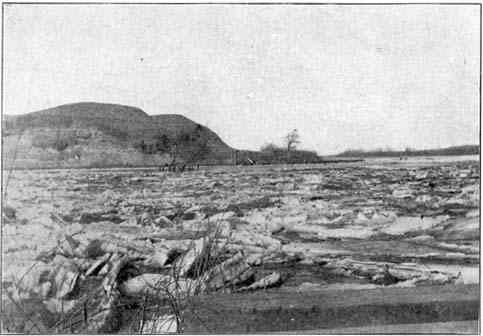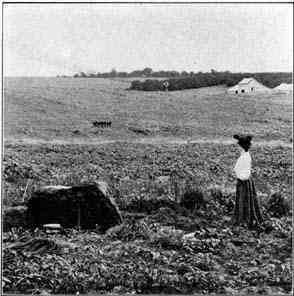Lewis and Clarke Point some low ground with a heavy timber consisting of oak, elm, honey locust, coffee nut and red cedar. This low ground was long ago cut away by the Missouri current. There is now a bold rock promotory (sic) jutting into the river which the writer has named "Lewis and Clark Point." September 5th the expedition passed the mouth of the Ponca river and so beyond the present limits of our state. It had spent two mouths navigating the eastern shore of the state, held two important councils with the Indian tribes, made a record of the soil, the general character of the plant and animal life, and the conditions of navigation. It was the opening of the west to Anglo-Saxon energy and enterprise and led to the early location of numerous trading posts in Nebraska. |
 |
 |
 |
 |
|
@ 2002 for the NEGenWeb Project by Pam Rietsch, Ted & Carole Miller |
|||

